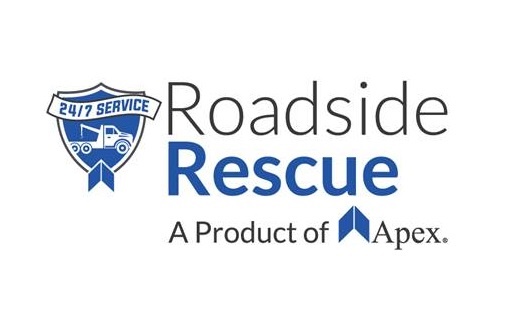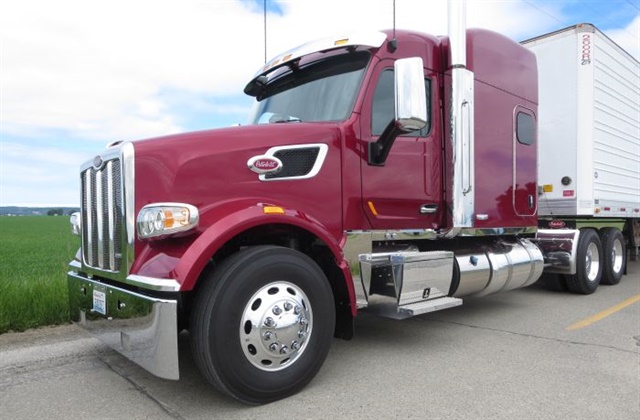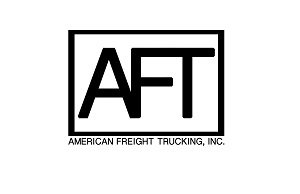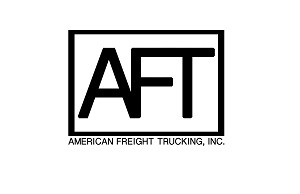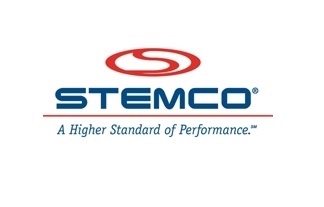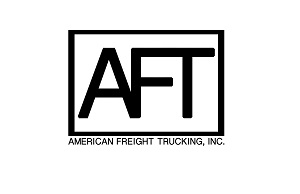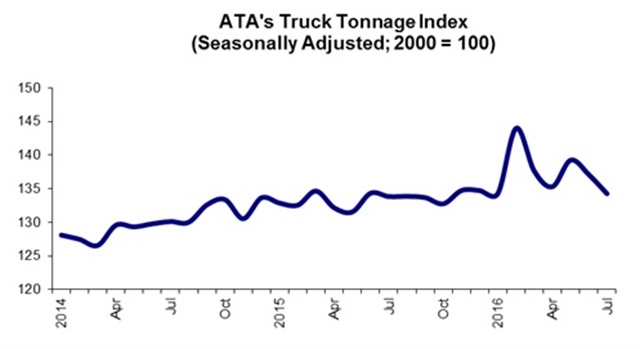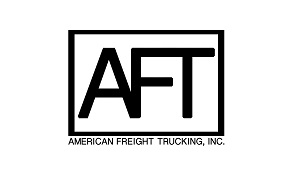<img width="150" src="http://www.automotive-fleet.com/fc_images/articles/m-heritage2-1.jpg" border="0" alt="
Looking like a modern rendition of an old “large car,” the 567 Heritage is adorned with much chrome and polished metal trim.
">
Looking like a modern rendition of an old “large car,” the 567 Heritage is adorned with much chrome and polished metal trim.
">Hard-nosed fleet execs will say that chrome trim doesn't raise one dollar in revenue, but most drivers disagree. Assuming a truck is decent in the first place, chrome and polished metal make a guy or gal want to drive it, and that can lead to lower turnover costs and greater productivity and profit.
So it is with Peterbilt Motors' Model 567 Heritage, which combines a rugged-looking vocational truck with special exterior and interior trim that harkens back to the company's West Coast origins and days of the “large car.”
“The Model 567 Heritage appeals to owner-operators and premium carriers who want to reward their drivers and add distinction to their fleets,” said Darrin Siver, the builder's general manager and a Paccar VP, on the model's introduction in June. I got to drive a tractor version shortly thereafter, at Paccar's Technical Center near Mount Vernon, Wash.
“Legendary red” paint beautifully contrasted with the bright-metal trim. It struck me that this could well be an alternative to the traditionally styled 389 that, along with its 379 and 359 predecessors, is the most-often seen vehicle at truck beauty shows. The 567 has the looks of a traditionally styled truck, but streamlining smooths air flow to cut drag and save fuel at highway speeds.
Silver explained that the truck is meant to evoke the company's early days when lumberman Al Peterman took over the San Francisco plant of bankrupt Fageol and began assembling trucks to support his logging activities in the Northwest. But those trucks were rather crude-looking compared to the 567 Heritage.
The Heritage's basic specifications include a 121-inch bumper to back of cab measurement and set-forward front axle. It can be spec'd as a day cab or with a 72- or 80-inch sleeper box (this one had the 80-inch version). Thus this could be called a “large car,” a term from the past. Purists insist that large cars also had certain components hung along the frame to fill gaps, such as air tanks located behind the front wheels and fenders. In contrast, today's 567 Heritage has bright-metal panels called quarter-fender closeouts.
An 18-inch-high bumper resembles the flat “Texas tall” type, but this one's curved at the sides to let air ease by. Of course, there are dual chromed exhaust stacks. Other exterior features that are either chromed or polished include three vertical trim bars in the grille, front fender supports, air intake bezel, hood latch hardware, mirror housings, sun visor, steps, battery boxes, fuel tanks, and rear quarter fenders. The plastic tank for diesel exhaust fluid is wrapped in polished aluminum. Heritage badges are placed in the grille and on the sides of sleeper boxes.
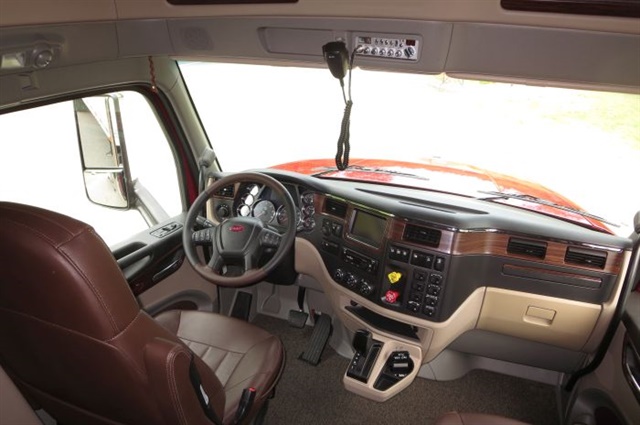
Inside, simulated wood trim accents in the dash and door panels continue on the cabinets and storage compartments of sleepers. Seats are upholstered in deep brown leather, while seat backs and the two-tone sleeper back wall are embroidered with the Heritage logo. Finally, the covering atop the dashboard is black, which is both attractive and practical because it reduces sun glare in the windshield.

Visibility through the windshield and along that sloped hood was superb, I found when I got behind the wheel. Side windows were likewise large, and mirrors well positioned with glass that's multi-adjustable. The aluminum cab's width is 2.1 meters or 82.7 inches, which is about 8 inches more than the old cab on the 365/367 and other earlier Petes, including the 389. The wider cab is plenty roomy but not oversized, so seems as appropriate for vocational use as for on the highway.
This tractor had a Paccar MX-13 rated at 500 hp and 1,850 lb-ft, mated to an 18-speed automated Eaton UltraShift Plus. It was as much a pleasure to drive on the tech center's grounds and over nearby highways, with a smooth ride and easy maneuverability, as it is to look it. The 567 Heritage goes into production in September.
Photos: Peterbilt's Heritage 567 Gleams, Evokes Past
Follow @HDTrucking on Twitter
